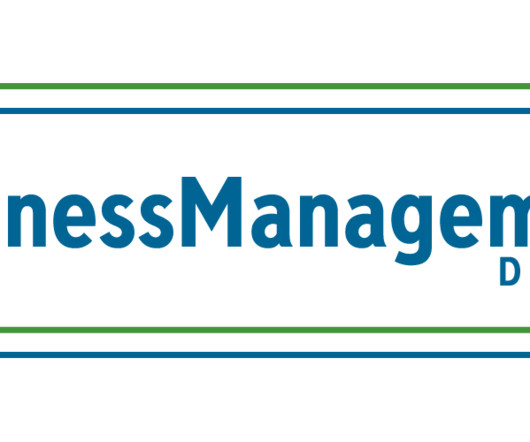Half of employers offer financial remuneration to help employee retention
Employee Benefits
JANUARY 4, 2024
More than half (56%) of employers have offered financial remuneration to help employee retention during the cost-of-living crisis and staffing shortages, according to research by Peninsula Group. A quarter (26%) listed recruitment as their biggest challenge in terms of staffing, with pay increase requests ranked second at 22%.

























Let's personalize your content